Cooking Basics: How to cook squash
This is lesson 2 in my cooking basics series. The first lesson was on how to roast a whole chicken.
I was reading Joel Salatin’s latest book Folks, This Ain’t Normal![]() and in one of the chapters he talks about a farmer who has a bumper crop of butternut squash and he can’t find anyone to take it. It is talking about both the folly of monoculture (he only grew butternut squash and had a contract that he hadn’t been able to make the previous year so he planted way more than he needed just in case his crop failed again and ended up with too much). But it is also talking about the folly of our current food system. There is a very small number of vegetables that most Americans eat on a regular basis and butternut squash is not one of them. The people who he contacted did not know how to prepare butternut squash and it ended up rotting in the fields.
and in one of the chapters he talks about a farmer who has a bumper crop of butternut squash and he can’t find anyone to take it. It is talking about both the folly of monoculture (he only grew butternut squash and had a contract that he hadn’t been able to make the previous year so he planted way more than he needed just in case his crop failed again and ended up with too much). But it is also talking about the folly of our current food system. There is a very small number of vegetables that most Americans eat on a regular basis and butternut squash is not one of them. The people who he contacted did not know how to prepare butternut squash and it ended up rotting in the fields.
Should you ever be confronted with a bumper crop of squash that no one knows what to do with I hope that you will know how to take advantage of it!
I grew up with a garden and we ate lots of squash in the fall and winter. It is a family favorite both in my family of origin and I have taught my husband and children to also love squash. I find it surprising that some people do not know how to prepare this delicious, versatile vegetable. My parents always peeled the squash and kind of steamed it with an inch or so of water in the pan and the lid on. This does cook the squash quickly but can be a lot of work removing the hard thick peel from the squash. I have started preparing it in the oven and that is now my preferred method.
First you need to select your squash. Look for one with a firm peel that feels heavy for its size. Avoid squash with cuts or soft spots and avoid squash that doesn’t look ripe. My husband has a gift for selecting squash that is either rotten or under ripe. If you aren’t familiar with squash take some time looking them over and noticing the heft and color. Butternut squash is very common and popular. It shouldn’t have any green on it and be firm and heavy for its size. This is a nice big one that a friend grew last year. This squash has a smooth sweet flesh and is easy to grow and stores well at room temperature.
There are lots of varieties of squash. Hubbard squash is very large with a thick blue rind. Acorn squash is small enough to be used as an individual serving at times and is generally considered to be the sweetest squash. It makes a pretty presentation. Kabocha squash is also called Japanese Pumpkin and what I have used in this demonstration. It is also a rich sweet squash with smooth deep orange flesh.
First I split it in half. A really sharp knife makes all the difference in this chore.
Then I scooped out the seeds. This is something that young children can help with. My 4 year old loves helping me in the kitchen and while she can’t scrape out every last bit of the seeds and “guts” she is learning important kitchen skills and about the importance of contributing to the food for the family.
Once it has been gutted I put it open side down in a pyrex baking dish with about 1/2 an inch of filtered water. Just enough to keep the squash from drying out while it roasts.
One thing I love about roasting squash like this is that it utilizes an oven that I often have going already for a roast or roasting a chicken. It should go into a 350 oven for about 45 min. Longer if the squash is bigger/thicker and shorter if it is smaller.
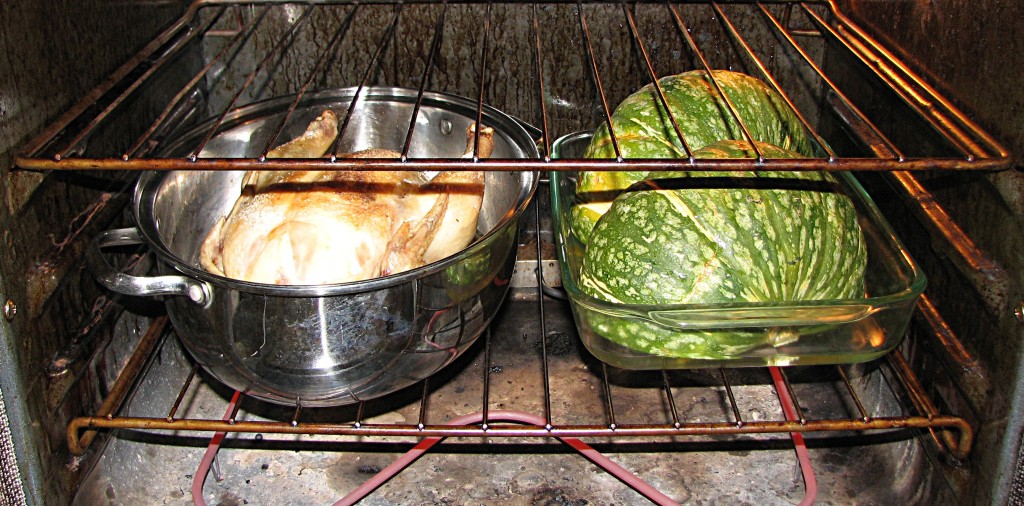
It is done when the flesh gives when you prod it gently. Some varieties of squash have extremely hard shells and won’t get soft on the outside when the flesh is done. If it seems that it has been inordinately long and it is still hard lift it up and check the flesh to see if it is done. You can see how the flesh is soft and how the half in the back is a bit dented in.
Scoop out the flesh into a bowl and mash it well with lots of butter or coconut oil and salt. Some people like to add cinnamon or other “pumpkin pie” type seasonings to dress up their squash. Be aware that those can add some higher oxalate values to a low oxalate vegetable.
It really is a very simple and satisfying vegetable to make. It is higher carb and so some need to avoid it while others use it to ease the transition to GAPS and it’s lower than SAD carb counts. My 4 year old had to avoid it for over a year because of it’s carb level but she is now happily eating it once again. Once you have it made this cooked squash can then be used in my coconut butter pancakes recipe. I have also stirred in an egg or two and made a custard. It is a good place to sneak in some broth and you can hide lots of fat in this dish with very little effort. Those good animal fats are so important for satiety and gut healing.
Did you grow up eating squash? What is your favorite variety?



3 Comments
Trackbacks/Pingbacks
- GAPS Pumpkin Spice Coffee Creamer (dairy free) | Loving Our Guts - [...] bit. I am able to get Stahlbush Island Farms Frozen Butternut Squash. Or you can cook your own. How to Cook Squash and …
- Thanksgiving Menu on GAPS | Loving Our Guts - [...] Winter Squash with lots of Grassfed [...]
- Winter Cranberry Roast | Loving Our Guts - [...] the oven for hours breaking up the chores of making dinner. Serve this with some sauteed kale and winter …

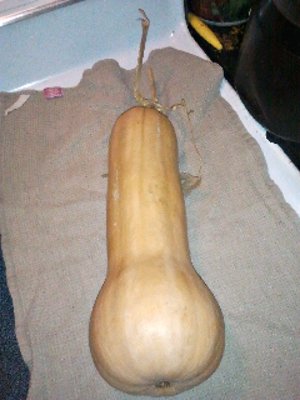

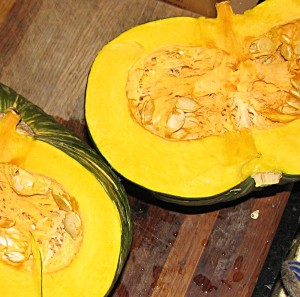
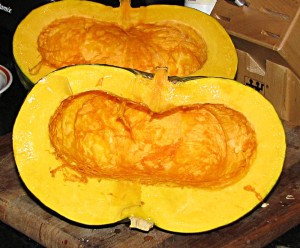
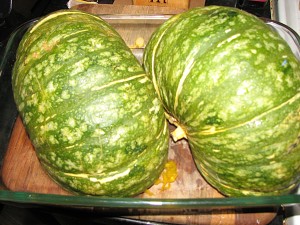

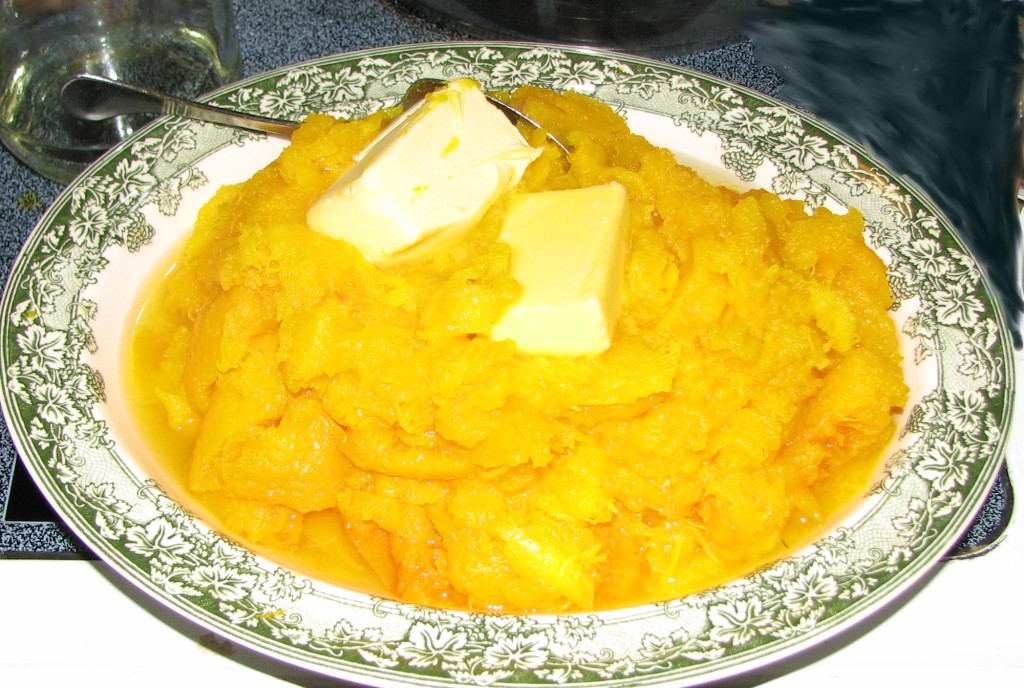







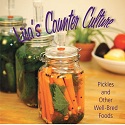

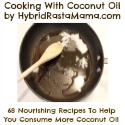
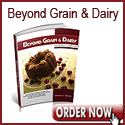
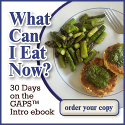
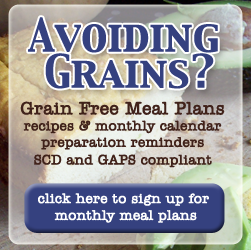
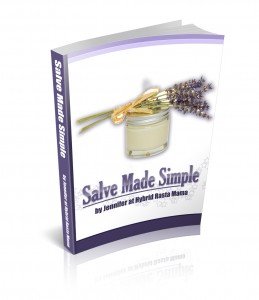
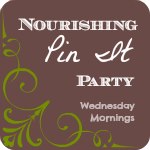

I’ve always loved summer squash but it wasn’t until I found Pioneer Woman’s butternut squash recipe that I learned to love squash. The trick for me is in pureeing winter squash. My favorite winter squash would be butternut.
We discovered baby hubbard squash last fall at the farmers’ market and they’re almost like candy when roasted. Delicious!
When on a similar GAPS protocol I couldn’t add my usual tsp of maple syrup to butternut squash but found a tsp of glycerin based vanilla worked beautifully.